A political scientist is blaming the unprecedented shortage in military recruitment in the government’s decision to turn American armed forces into an experimental ground for woke policies.
In a recent X post, Kevin Wallsten, Ph.D., a professor in the Department of Political Science at California State University, presents statistical data showing that “the percentage of military family members who would recommend service to their children dropped from 55% in 2016 to 32% in 2023.”
Military families have soured on the military.
The % of military family members who would recommend service to their children dropped from 55% in 2016 to 32% in 2023.
Relatedly the military fell 41,000 recruits short of its 2023 goal & it is now at its smallest size since 1940. pic.twitter.com/y2jSzdGM4n
— The Missing Data Depot (@data_depot) March 20, 2024
“Relatedly the military fell 41,000 recruits short of its 2023 goal & it is now at its smallest size since 1940,” the post also says.
In his Substack account “The Missing Data Depot,” Wallsten has previously asked why so few young people are willing to serve in the military.
“For some conservative observers, the answer is obvious: the Pentagon’s increasingly “woke” diversity, equity, and inclusion (DEI) policies are alienating the groups most inclined to serve in the armed forces (white conservatives, white Southerners, and whites living in rural areas).”
Wallsten provides links to previous analysts making the same argument. In particular, he points to an analysis authored by Jimmy Byrn, a graduate at Yale Law School, former U.S. Army armor officer and board member of “Vets on Duty.”
In a piece published in 2022 by the Wall Street Journal, “What if They Gave a War and Everybody Was Woke?,” Byrne explains that the competitive labor market, which current military leaders blame for the recruitment shortage, cannot be regarded as a significant reason.
“The unemployment rate today sits at 3.6%—roughly the same as in 2019. Yet in 2019 the Army exceeded its recruiting goals,” Byrne wrote.
“What, then, explains the shift? Perhaps one answer lies in the Pentagon’s wholesale embrace of woke politics,” he observed.
“Added to the mix has been divisive gender activism,” Byrne wrote, explaining that “not only have such measures affected unit morale, according to some service members, they’ve also amounted to a form of anti-recruitment for prospective enlistees.”
“The Pentagon is appealing to activists at the expense of those most likely to serve.”
“A military that appears to abandon its apolitical role will have a harder time attracting large numbers of warriors and patriots to its ranks. Welcoming woke policies under a warped idea of inclusion may serve to exclude those who are traditionally more likely to serve,” he concluded.
Why Military Recruiting Is Down
By Terry Mattingly | Religion Unplugged
Try to imagine an America in which families that have, for generations, urged their children to serve in the armed services stopped doing precisely that.
Would that be a big news story?
One would think so. With that in mind, take a look at the numbers in this chart posted on X by the Missing Data Depot Substack feed.
Here’s the written summary from that tweet:
Military families have soured on the military. The % of military family members who would recommend service to their children dropped from 55% in 2016 to 32% in 2023.
Relatedly the military fell 41,000 recruits short of its 2023 goal & it is now at its smallest size since 1940.
Clearly, economic issues — think slow-rising salaries, housing costs for military families, day-care costs and more — are affecting recruiting. You can read all about that in this report by Stars and Stripes. These are logical, valid angles for reporting.
However, during this week’s “Crossroads” podcast, we focused on some of the cultural, moral and, yes, religious themes that almost certainly loom over these military recruiting trends. Are journalists asking “religion ghost” questions?
Yes, many conservative American have voiced concerns about “woke” military policies that are frequently linked to DEI (diversity, equity and inclusion) debates, as well as LGBTQ+ issues.
At the same time, it helps to ask practical questions about what kinds of families have traditionally produced American soldiers.
Pay close attention to the following, drawn from a 2023 Wall Street Journal report (hat tip to Rod Dreher’s “Military Families Losing Faith” Substack post):
The children of military families make up the majority of new recruits in the U.S. military. That pipeline is now under threat. …
“Influencers are not telling them to go into the military,” said Adm. Mike Mullen, the former chairman of the Joint Chiefs of Staff, in an interview. “Moms and dads, uncles, coaches and pastors don’t see it as a good choice.”
The big “Crossroads” question: Do many of these families come from specific pews and zip codes?
The WSJ report notes that, with the end of the draft, the leaders of America’s armed services built programs that relied heavily on “military families to develop the next generation of recruits, especially in the region known in the military as the ‘Southern Smile,’ a curving region from the mid-Atlantic and down across the southern U.S.” Also, don’t forget that: “Today, nearly 80% of all new Army recruits have a family member who has served in uniform, according to the service.”
Thus, here is a question about the religion data in that equation: Can Episcopal and liberal mainline Protestant churches in the Northeast produce as many future soldiers as Baptists, Pentecostals and nondenominational evangelicals in the Bible Belt?
Enjoy the podcast and, please, pass it along to others.

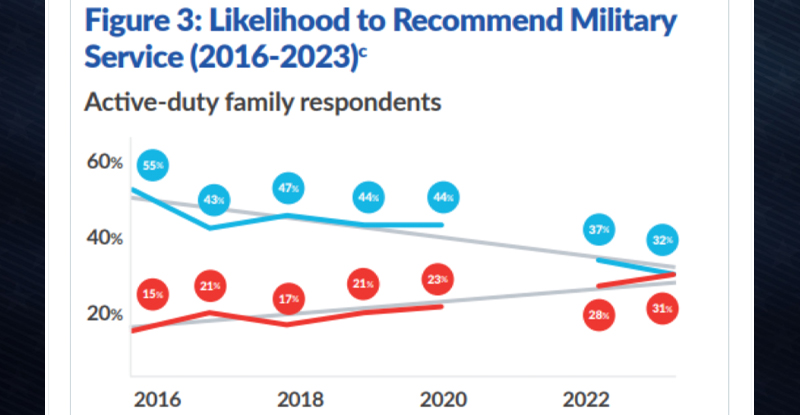
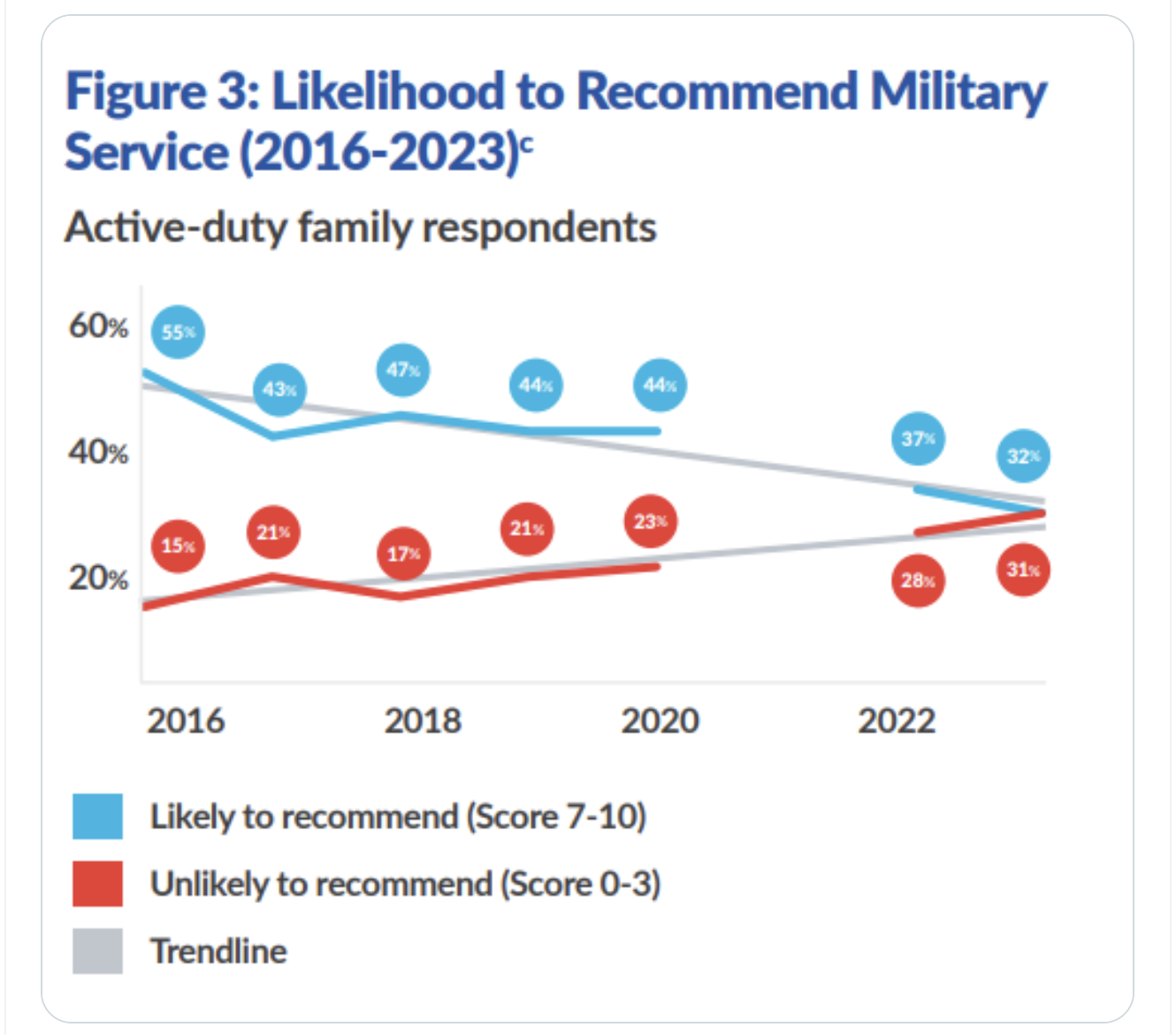
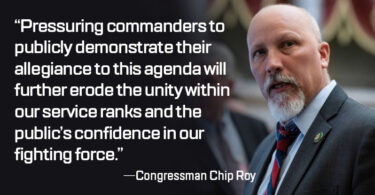
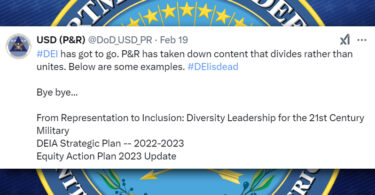
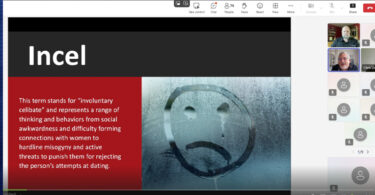



Leave a Comment